

DFB laser diodes at 2004.0 nm are used for carbon dioxide detection. Please have a look at the key features, specifications and applications.
|
parameters
|
symbol
|
unit
|
minimum
|
typical
|
maximum
|
|---|---|---|---|---|---|
|
parameters
operating wavelength (at Top, Iop) |
symbol
λop |
unit
nm |
minimum
|
typical
2004.0 |
maximum
|
|
parameters
optical output power (at λop) |
symbol
Pop |
unit
mW |
minimum
|
typical
5 |
maximum
|
|
parameters
operating current |
symbol
Iop |
unit
mA |
minimum
|
typical
100 |
maximum
|
|
parameters
operating voltage |
symbol
Vop |
unit
V |
minimum
|
typical
2 |
maximum
|
|
parameters
threshold current |
symbol
Ith |
unit
mA |
minimum
5 |
typical
10 |
maximum
25 |
|
parameters
side mode suppression ratio |
symbol
SMSR |
unit
dB |
minimum
|
typical
> 35 |
maximum
|
|
parameters
current tuning coefficient |
symbol
CI |
unit
nm / mA |
minimum
0.019 |
typical
0.025 |
maximum
0.035 |
|
parameters
temperature tuning coefficient |
symbol
CT |
unit
nm / K |
minimum
0.18 |
typical
0.19 |
maximum
0.21 |
|
parameters
operating chip temperature |
symbol
Top |
unit
°C |
minimum
+20 |
typical
+30 |
maximum
+45 |
|
parameters
operating case temperature (non-condensing) |
symbol
TC |
unit
°C |
minimum
-20 |
typical
+25 |
maximum
+55 |
|
parameters
storage temperature (non-condensing) |
symbol
TS |
unit
°C |
minimum
-40 |
typical
+20 |
maximum
+80 |
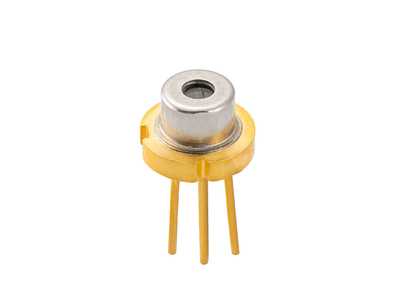
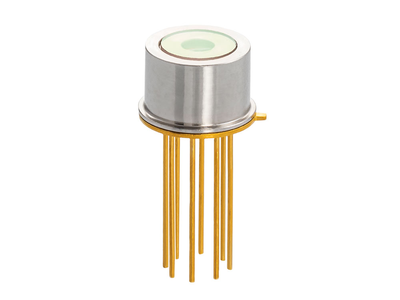
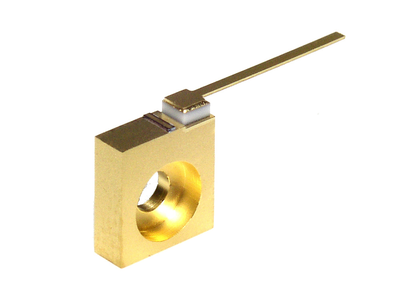

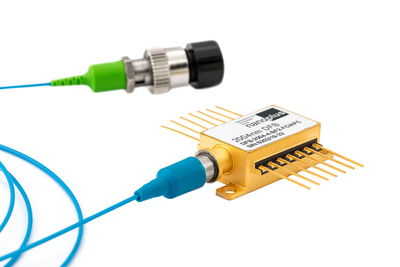
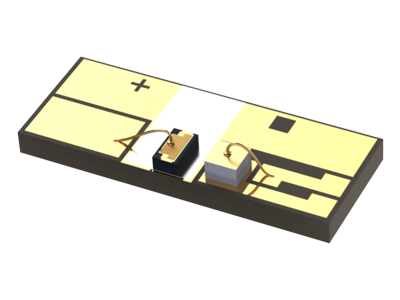
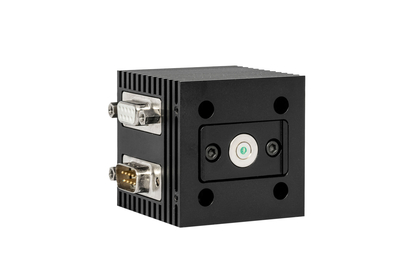
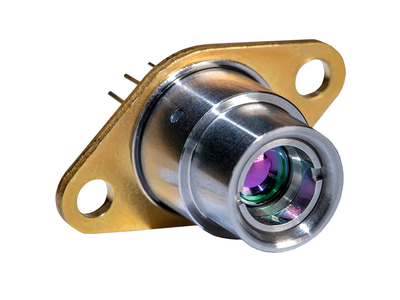
NASA’s flagship Rover Curiosity detects CO2 and H2O isotopes based on their tunable laser spectrometer SAM. The analysis of soil samples is to determine whether Mars is or has been a suitable living environment. We are proud that the instrument uses a 2.78 µm nanoplus laser for this measurement.
Read more about Mars SAM: https://en.wikipedia.org/wiki/Sample_Analysis_at_Mars
[ 115 , 25 ]Remote sensing technologies identify unclean vehicles on the road. They help to control traffic-generated carbon dioxide emissions.
[ 115 ]Early warning systems for volcanic eruptions continuously monitor CO2 by TDLS, as it is an abundant volcanic gas.
[ 115 ]Environmental policies have been implemented worldwide to reduce greenhouse gas emissions. According to the United States Environmental Protection Agency, human activities account for more than three quarters of CO2 emissions. They are mainly due to the combustion of fossil fuels for energy generation, transportation and industry. Remote sensing technologies have been introduced to quantify CO2 and CO emissions in atmosphere.
[ 206 , 178 , 115 , 105 , 93 ]CO2 is a natural diluent in oil and gas deposits. When it reacts with H2S and H2O steel pipelines corrode. Real-time monitoring of CO2 at natural gas custody transfer points is necessary to avoid contaminated gas from flowing downstream. Immediate measures may be taken to purify the natural gas.
[ 115 ]Continuous monitoring of contents like CO2 or CH4 concentrations is essential for the efficiency of high-temperature processes in e. g. incinerators, furnaces or petrochemical refineries. Managing the CO2 content in combustion processes simultaneously reduces greenhouse gas emissions. This is also relevant for energy generating industries like coal burning power plants.
[ 154 , 124 , 121 , 115 , 112 , 111 , 96 , 94 , 62 , 45 , 40 , 35 , 12 ]nanoplus distributed feedback lasers show outstanding spectral, tuning and electrical properties.

Typical spectrum of a nanoplus 2004 nm distributed feedback laser diode

Typical mode hop free tuning of a nanoplus 2004 nm distributed feedback laser diode

Typical power, current and voltage characteristics of a nanoplus 2004 nm distributed feedback laser diode
nanoplus uses a unique and patented technology for DFB laser manufacturing. We apply a lateral metal grating along the ridge waveguide, which is independent of the material system. Read more about our patented distributed feedback technology.
